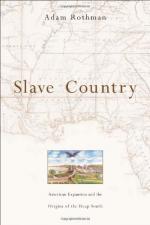|
This section contains 1,491 words (approx. 5 pages at 300 words per page) |

|
The Fur Trade
Fur trappers, or mountain men as some people called them, while not scientific or government explorers, gathered empirical information that aided the soldiers and naturalists who followed them. Either learning from Indians or on their own, trappers discovered the courses of river systems and the locations of critical passes as well as the scarcity or abundance of game in particular regions. Manuel Lisa launched an expedition in 1807 that explored the tributaries of the Upper Missouri River, seeking a mountain route to the Spanish settlements of Taos and Santa Fe. One of Lisa's employees, John Colter, a former member of Meriwether Lewis and William Clark's Corps of Discovery, delivered reports of a beautiful area known today as Yellowstone National Park. Following Mexican independence from Spain in 1821, American traders explored the mountains of the Southwest, seeking alternative trade routes. A party led...
|
This section contains 1,491 words (approx. 5 pages at 300 words per page) |

|




